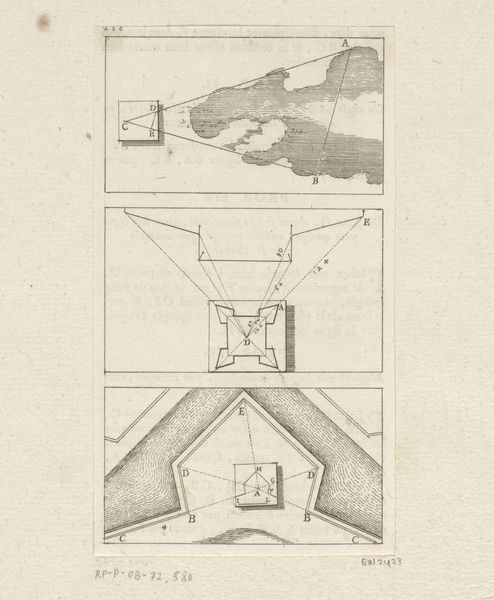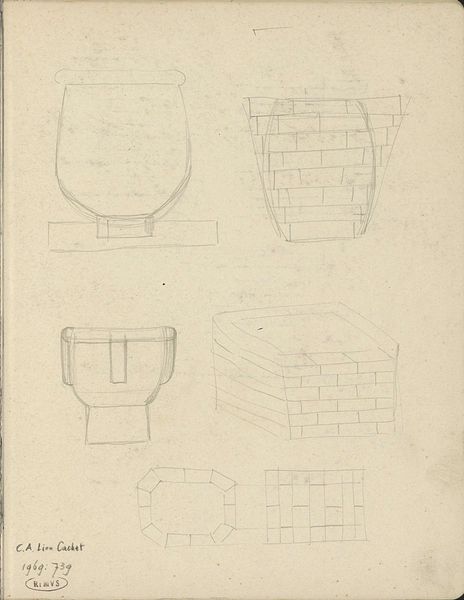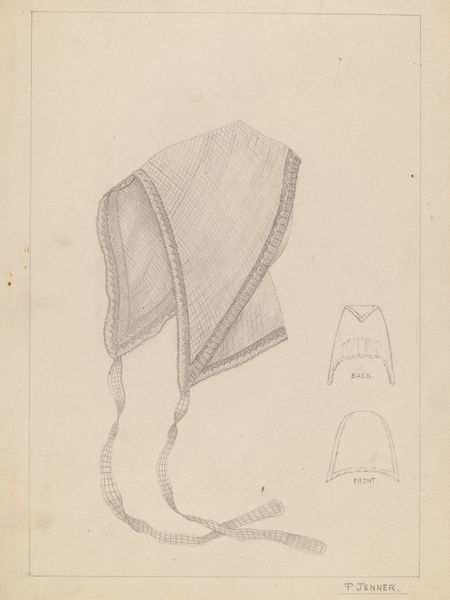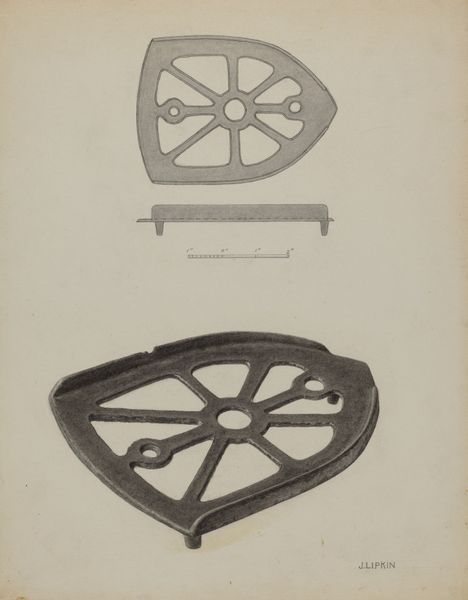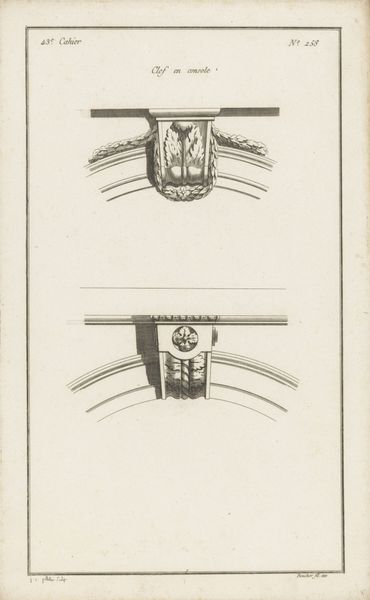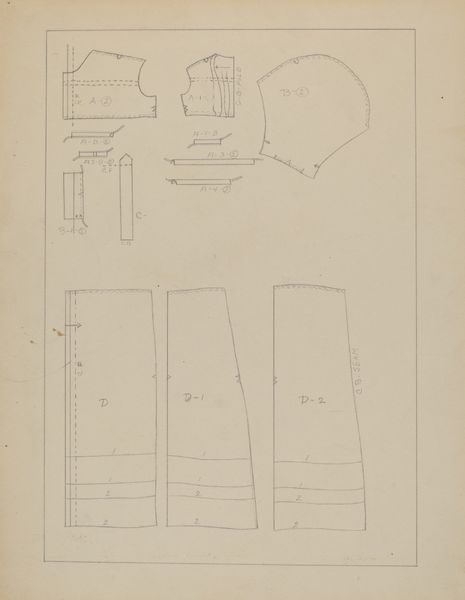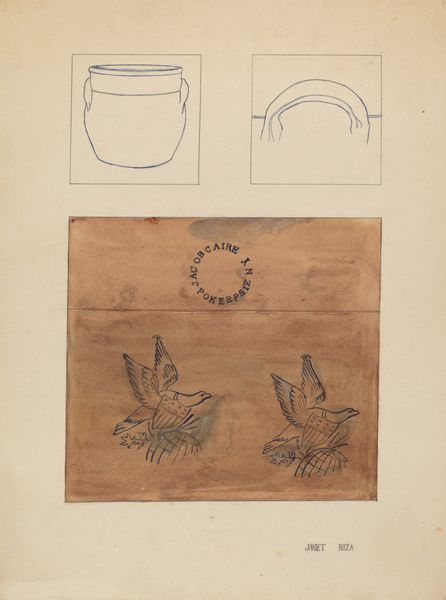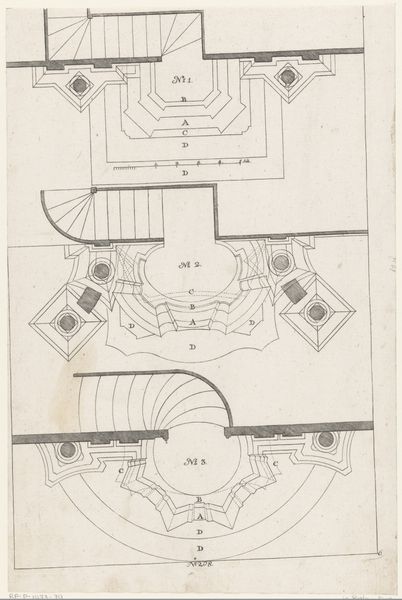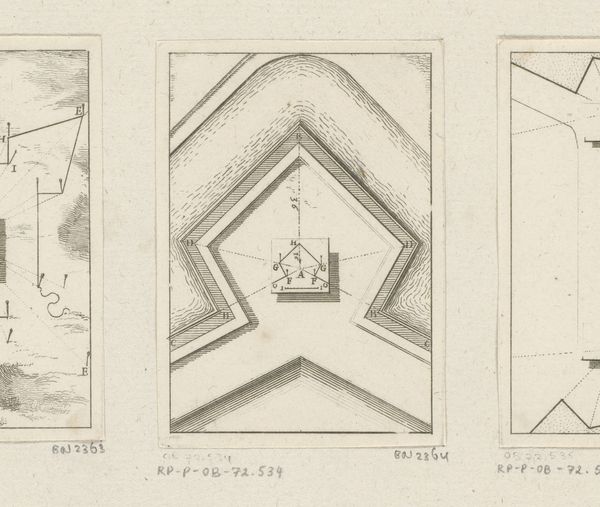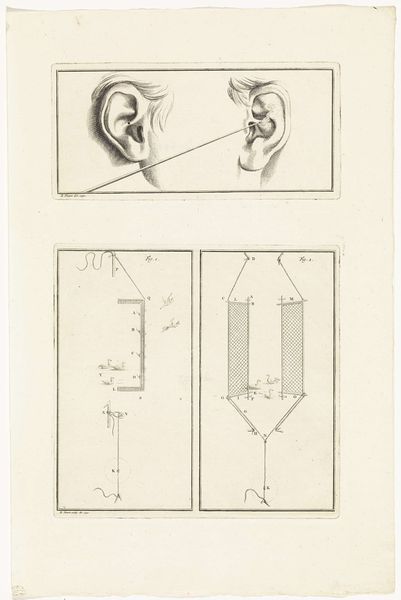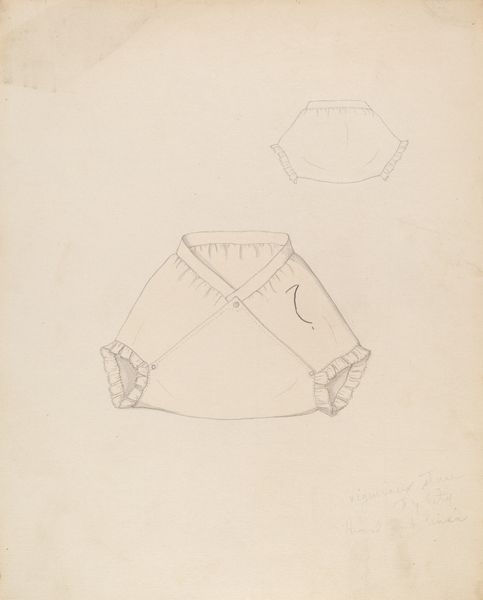
drawing, paper, engraving
#
drawing
#
paper
#
form
#
line
#
academic-art
#
engraving
Dimensions: height 170 mm, width 128 mm
Copyright: Rijks Museum: Open Domain
Curator: Welcome! Before us is "Doorsneden van planten," created between 1741 and 1820, now held here at the Rijksmuseum. Abraham Delfos rendered it using drawing and engraving on paper. Editor: It has an intriguing formal quality. Austere. Almost sterile, like a botanical specimen pinned for study. Curator: Precisely. The visual language pulls from academic art, echoing enlightenment desires for knowledge and order, but plants were never easily forced into submission! It offers us a clear dissection. The artist takes forms in nature and renders them with scientific accuracy using line as a tool to categorize and convey information about organic life. Editor: I see a confluence of skill in draftsmanship, tools used for incising the paper and also labor involved to print many versions of these images, all presumably used to help in agricultural knowledge, and a system of social distribution... Imagine these techniques reproduced now with digital printing technologies! Curator: Notice also how Delfos is working within a tradition of representation, each tiny area assigned a letter that suggests not just careful observation, but that the careful scientific eye might know how to name things. This piece functions almost as a cultural mnemonic, calling upon viewers who expect order and understanding to read plants as parts. What can be separated to find larger forms in nature? Editor: Separating, distributing and labeling are inherent properties of labor. By isolating certain elements of plants with an indexical identification of their material structure, something natural becomes subject to modes of labor and exchange. There is much to reflect on here as we consider value. Curator: Indeed. Through the delicate balance of line and the suggestion of light, Delfos evokes the underlying order within nature and a desire to organize, collect and retain. I’d never considered how linked the drive for agriculture and enlightenment cataloguing systems may be! Editor: Exactly. This opens my perception on what agriculture requires to begin with—how raw resources are always first translated into manageable pieces for further application. This drawing reveals its investment in the larger political economies it serves, rather than representing an apolitical object.
Comments
No comments
Be the first to comment and join the conversation on the ultimate creative platform.
